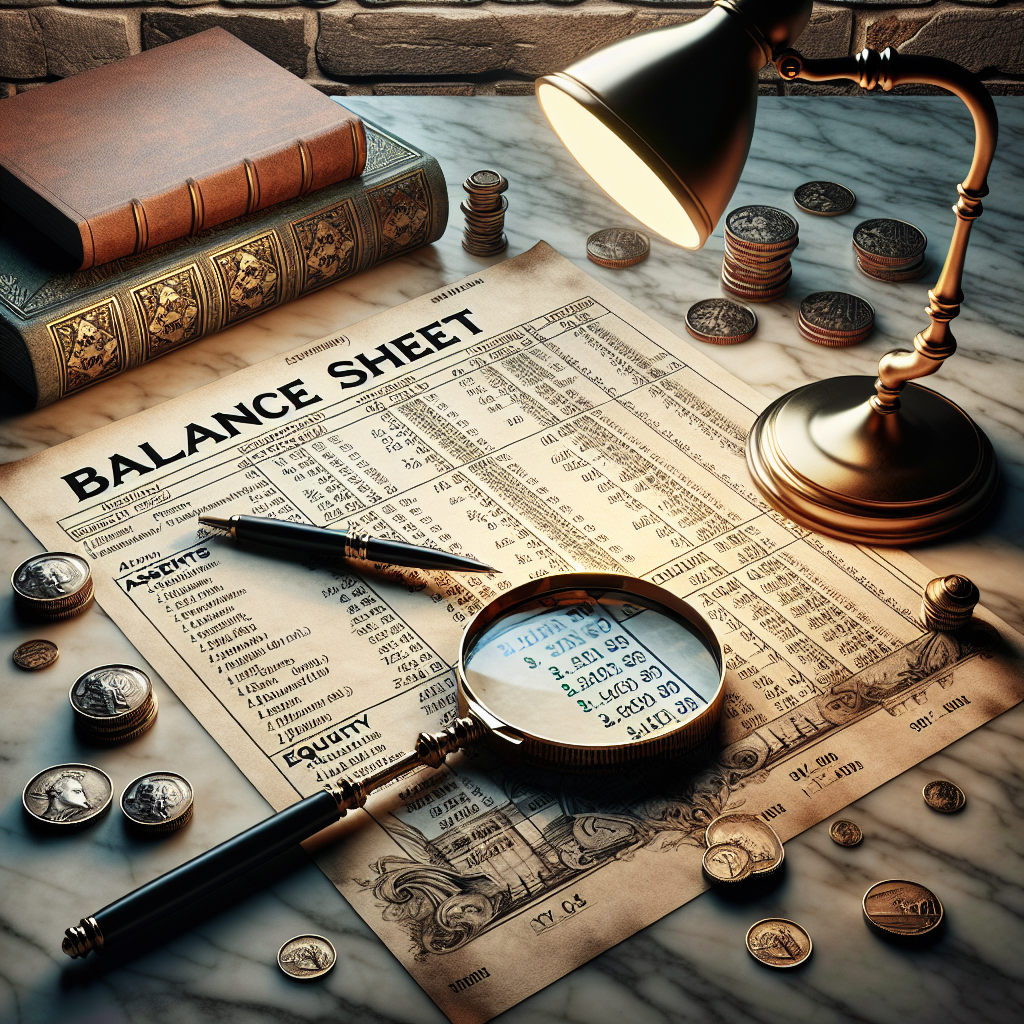A balance sheet is a cornerstone of financial management, a financial snapshot that provides an overview of a company’s financial health at a specific point in time. This snapshot is derived from some routine accounting information that the company’s financial systems provide.
Traditional balance sheets are divided into three sections: assets, liabilities, and shareholders’ equity. This three-part structure provides a range of insights into a company’s financial health by juxtaposing its assets (what it owns), against its liabilities (what it owes), with the remainder representing the company’s equity (what it’s worth).
Understanding Assets
Assets refer to resources owned by a company that can provide future economic benefits. These assets can be tangible, like buildings, land, vehicles, and money in the bank, or intangible, such as patents and trademarks.
In a balance sheet, assets are usually categorized into two broad categories: current assets and non-current assets. Current assets can be easily liquidated or converted into cash within a short period, typically a year. These include cash, inventory, and accounts receivable. Non-current assets, also known as fixed or long-term assets, are assets the company expects to hold for more than a year, like property, plant & equipment.
Understanding Liabilities
Liabilities refer to the financial obligations a company owes to others. Just as with assets, liabilities are categorized into current liabilities, which have to be paid within one year, and non-current liabilities, which have a longer-term. Examples of current liabilities include accounts payable, wages, and short-term loans; non-current liabilities can include bonds payable and long-term lease obligations.
Understanding Shareholders’ Equity
Shareholders’ equity, also known as net assets, equity capital, or owners’ equity, represents the residual interest in the assets of a company after deducting liabilities. In other words, if a company sold off all its assets and paid down its liabilities, the remaining value, if any, would be the shareholders’ equity.
Shareholders’ equity is made up of two parts. The first part is called “paid-in” capital or issued capital. This is the money that’s been invested in the firm in exchange for shares. The second part is retained earnings. These are profits that have been re-invested in the business rather than being paid out in dividends.
It’s important to note that a balance sheet should always balance; the total value of the assets must always equal the combined value of the liabilities and shareholder’s equity. It reflects the fundamental accounting equation: Assets = Liabilities + Equity.
Conclusion
In conclusion, a balance sheet is a critical financial tool that provides a comprehensive snapshot of a company’s financial health at a given moment in time. By providing a succinct summary of what a company owns, owes, and the equity it has, a balance sheet provides invaluable analysis and insight for both the management of the company, and potential investors.
Understanding each component of a balance sheet is essential for anyone involved in financial decision-making processes. As much as it may seem like just numbers on a page, each line item presents a story about the company’s financial health, performance, and inherent risks that need to be properly comprehended and analyzed to steer the organization towards future growth and profitability.
Frequently Asked Questions
1. What does it mean when we say ‘a balance sheet must always balance’?
A balance sheet must always balance means that the total value of a company’s assets should always equal the sum of its liabilities and shareholders’ equity.
2. What is the role of a balance sheet in financial analysis?
A balance sheet provides a snapshot of a company’s financial health at a single point in time. It helps determine an entity’s liquidity levels, efficiency, and profitability, providing a basis for comparison over time or against other companies.
3. What are tangible and intangible assets?
Tangible assets are physical and measurable assets that are used in a company’s operations, such as buildings, machinery, and cash. Intangible assets are non-physical assets such as patents, copyrights, and brand reputation.
4. Can a balance sheet reveal a company’s potential financial problems?
Yes, a balance sheet can reveal potential financial problems. For instance, a significant rise in short-term debt, dwindling cash reserves, or a significant dilution of shareholders’ equity could point to problems.
5. What is the difference between current and non-current assets or liabilities?
Current assets or liabilities are expected to be cashed in or paid off within a year, respectively. Non-current assets or liabilities have a longer lifespan.

